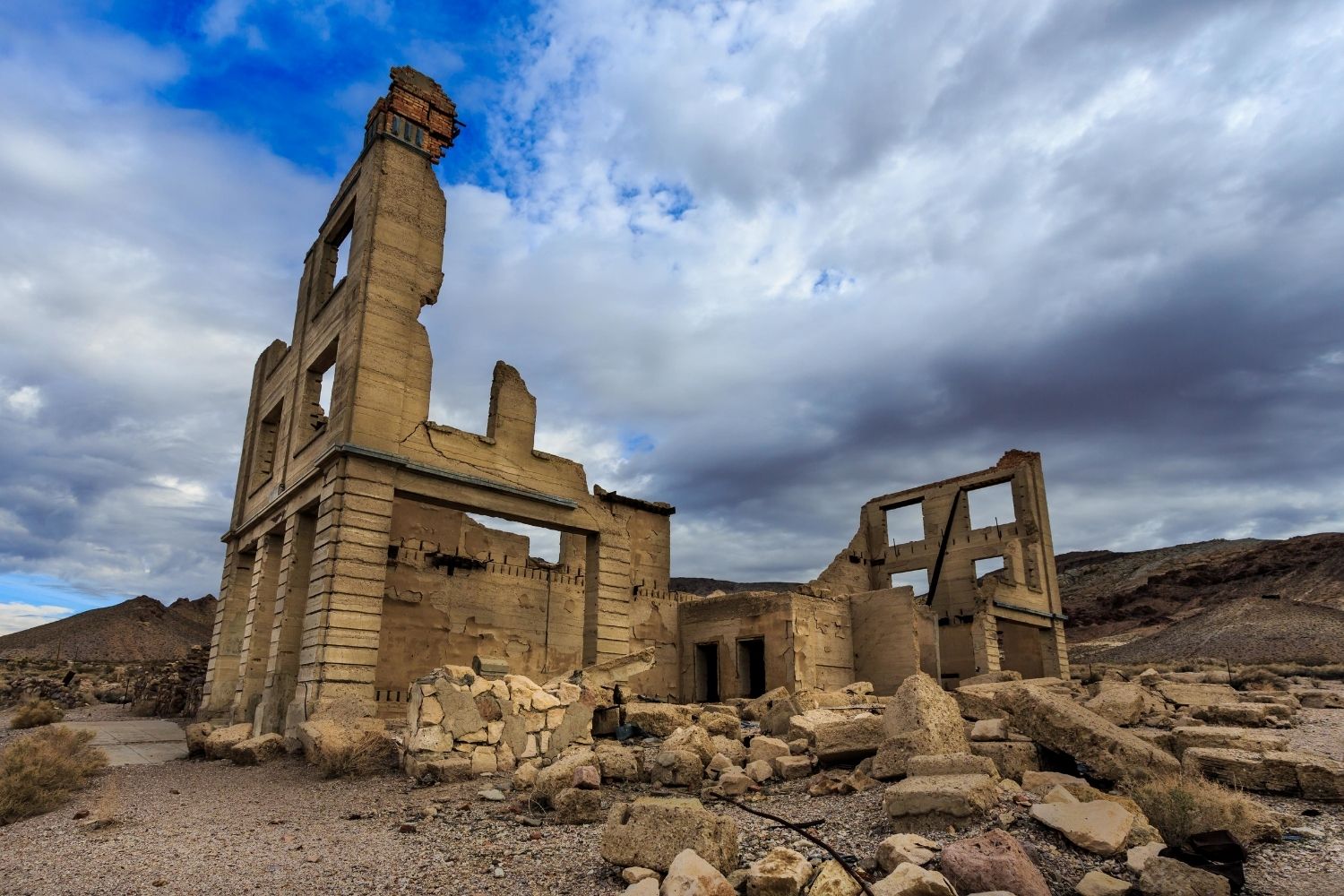Secrets Of California’s Ghost Towns In Death Valley

Ever wondered what happened to the bustling towns that once thrived in California's Death Valley? These ghost towns hold stories of gold rush dreams, sudden abandonment, and eerie silence. Imagine walking through deserted streets where miners once struck it rich. Each town has its own unique tale, from the rise and fall of Rhyolite to the mysterious ruins of Ballarat. Visiting these places feels like stepping back in time. You can almost hear the echoes of the past in the wind. Ready to uncover the secrets of these forgotten places? Let's dive into the history and mystery of California's ghost towns in Death Valley.
Secrets of California's Ghost Towns in Death Valley
California's Death Valley is a land of extremes. It's known for its scorching temperatures and vast, barren landscapes. But hidden within this harsh environment are ghost towns that tell tales of a bygone era. These abandoned settlements offer a glimpse into the past, where dreams of fortune and prosperity once thrived. Let's uncover the secrets of these ghost towns.
1. Rhyolite
Rhyolite stands as one of the most famous ghost towns in Death Valley. Founded in 1905 during the gold rush, it quickly grew to a bustling town with banks, a hospital, and even an opera house. However, the gold ran out, and by 1916, Rhyolite was abandoned. Today, visitors can explore the remnants of its once grand buildings.
2. Ballarat
Ballarat, established in 1897, served as a supply hub for nearby mining operations. It was named after the Australian gold town of Ballarat. At its peak, it had a post office, school, and several saloons. The town declined after the mines closed, and now, only a few structures remain. It's a popular spot for off-road enthusiasts and history buffs.
3. Panamint City
Panamint City was founded in 1873 after silver was discovered in the Panamint Range. The town quickly grew, boasting a population of over 2,000 people. However, a flash flood in 1876 destroyed much of the town, leading to its abandonment. Today, it's a challenging hike to reach the ruins, but the journey offers stunning views and a sense of adventure.
4. Skidoo
Skidoo, established in 1906, was a gold mining town that thrived for a brief period. It was known for its 21-mile pipeline that brought water to the town from Telescope Peak. Skidoo had a reputation for lawlessness, with tales of vigilante justice and hangings. The town was abandoned by 1917, and now, only a few foundations and mining equipment remain.
5. Leadfield
Leadfield's story is one of deception and fraud. Founded in 1926, it was promoted as a booming mining town with rich lead deposits. However, the claims were exaggerated, and the town quickly collapsed. Within a year, Leadfield was deserted. Visitors can still see the remains of the town's buildings and the old mine shafts.
6. Harrisburg
Harrisburg, named after prospector Shorty Harris, was founded in 1905. It was a small mining camp that never grew into a full-fledged town. Shorty Harris discovered gold in the area, but the deposits were not as rich as hoped. The camp was abandoned shortly after. Today, only a few stone foundations and mining relics mark the site.
7. Chloride City
Chloride City, established in 1905, was one of the earliest mining camps in Death Valley. It was named for the chloride minerals found in the area. The town had a brief boom but was abandoned by 1910. Visitors can explore the remains of the town, including old mine shafts and stone cabins.
8. Keane Wonder Mine
Keane Wonder Mine, discovered in 1904, became one of the most successful gold mines in Death Valley. The mine operated until 1912, producing significant amounts of gold. The site includes the remains of the mine, a tramway, and several buildings. It's a fascinating place to explore and learn about the mining history of the area.
9. Eureka Mine
Eureka Mine, located near the town of Harrisburg, was another significant gold mine in Death Valley. It operated from the early 1900s until the 1940s. The site includes several well-preserved buildings, mine shafts, and equipment. It's a great spot for history enthusiasts and those interested in the mining heritage of the region.
10. Darwin
Darwin, founded in the 1870s, was a bustling mining town with a population of over 3,500 people at its peak. The town had a post office, school, and several businesses. However, the mines eventually played out, and Darwin was largely abandoned. Today, a few residents still live in the area, and visitors can explore the remnants of the old town.
Discovering the Past in California's Ghost Towns
California's ghost towns in Death Valley offer a unique glimpse into the past. These abandoned places tell stories of gold rush dreams, harsh desert life, and the resilience of those who once lived there. Exploring towns like Rhyolite, Ballarat, and Panamint City, visitors can see old buildings, mining equipment, and even some ghostly remnants of the past.
Visiting these ghost towns isn't just about history; it's also about experiencing the stark beauty of the desert. The vast landscapes, rugged terrain, and eerie silence create an unforgettable atmosphere. Whether you're a history buff, an adventure seeker, or someone looking for a unique travel experience, Death Valley's ghost towns have something to offer.
Plan your trip, bring plenty of water, and get ready to step back in time. California's ghost towns are waiting to share their secrets with you.

